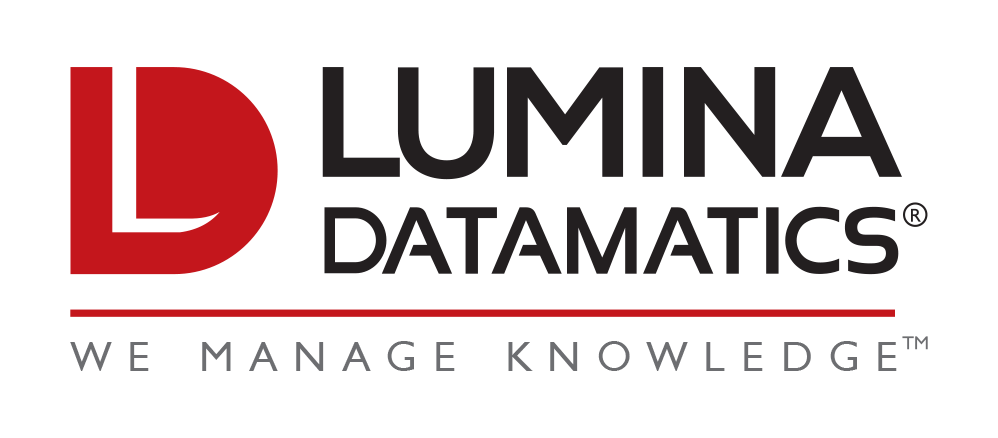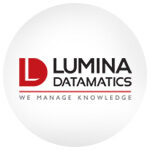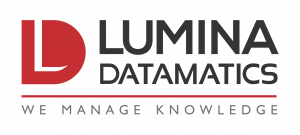For more than a decade, K-12 educators have been hearing about adaptive learning’s potential as an approach to solving the challenges of scaling personalized learning. It holds great promise for public schools, offering the technology to personalize course materials based on each student’s performance.
The interest in adaptive learning has heated up in the last couple of years. Personalized learning covers a range of approaches and models, including competency-based education, differentiated instruction, and tutorial models, as well as adaptive learning. K-12 educators have been personalizing learning in their classrooms for decades without technology. An adaptive learning management system is an approach along a spectrum that enables personalization.
An Assessment-driven system provides close-to-real-time adjustments of the instructional content. Recent advances in big data and learning analytics present new opportunities and a possible future for next-generation adaptive learning systems. One current trend that promises to advance adaptive learning in K-12 significantly is partnerships among educational publishers.
Learning objectives and student interactions uses data to evaluate student proficiencies and generates “insights” and predictions that lead to recommendations. The goal is the creation of an individual “learning path.” Data collection is essential to any adaptive learning system, but such an approach applied in a K-12 environment presents a unique opportunity. So far, digital learning, an education technology tool that can respond to student engagement and interaction in real-time, automatically provides student learning support.
The idea of building a learner’s profile, such that the instructional pathway the student pursues over his or her lifetime, is being dynamically modified and adjusted based on vast amounts of data and information. This makes an “assessment-driven” approach to adaptive learning especially helpful. The most successful teacher-technology partnerships occur when adaptive learning tools are adopted in harmony with teachers’ knowledge, expertise, and instructional approaches.
The current adaptive landscape has many emerging set of valuable features and insights –
1. Many K-12 adaptive tools focus on math – According to reports, only 6% of language arts tools are adaptive, while 16% of math tools are adaptive.
2. Adaptive content is popular in K-12 – Of all the K-12 tools, 78% have adaptive content.
3. Adaptive sequencing is widespread in Higher Education – 67% of higher education tools have adaptive sequencing. Students can work on different content and skills based on their individual needs as they progress through courses.
4. Teachers Get Data with Perceptions into Student Needs – Adaptive learning technology helps track as they will have on-demand data gathering that information.
5. Value Experience over Knowledge – The most effective way to view K-12 learning is in terms of experience, taking the student beyond the traditional model.
Interestingly, adaptive learning tools have seen marked success in the K-12 space. For example, at California’s Big Bear Middle School, Algebra Readiness eighth graders achieved more than 200 percent of their expected improvement on the California Standards Test (CST) after using ALEKS for one year. As adaptive moves further into K-12 schools, new trends may emerge that will allow the designers behind these adaptive tools to make them even-better tailored for specific student populations.
The importance of using data and analytics in education is multiplying; the power of data is fundamental to improving the performance of individual students. Educators make critical decisions every day. Each year, more than 11 million students use learning technologies worldwide. You get to collect data from students year after year as they progress through the curriculum. This enables us to gain profound insights into how people learn and how they develop over time. Smarter digital tools that adapt to a learner as they progress through content hold great promise for ensuring that every learner reaches their full potential.
Sources:-
- https://www.mheducation.com/ideas/adaptive-learnings-next-audience-struggling-k-12-students.html#
- http://www.edudemic.com/how-adaptive-learning-technology-is-being-used-in-online-courses/
- https://www.edsurge.com/news/2016-09-23-want-adaptive-learning-to-work-encourage-adaptive-teaching-here-s-how
- http://emantras.us/how-adaptive-learning-is-making-an-impact-in-education/
- Image Credit: Freepik/Pexels





0 Comments